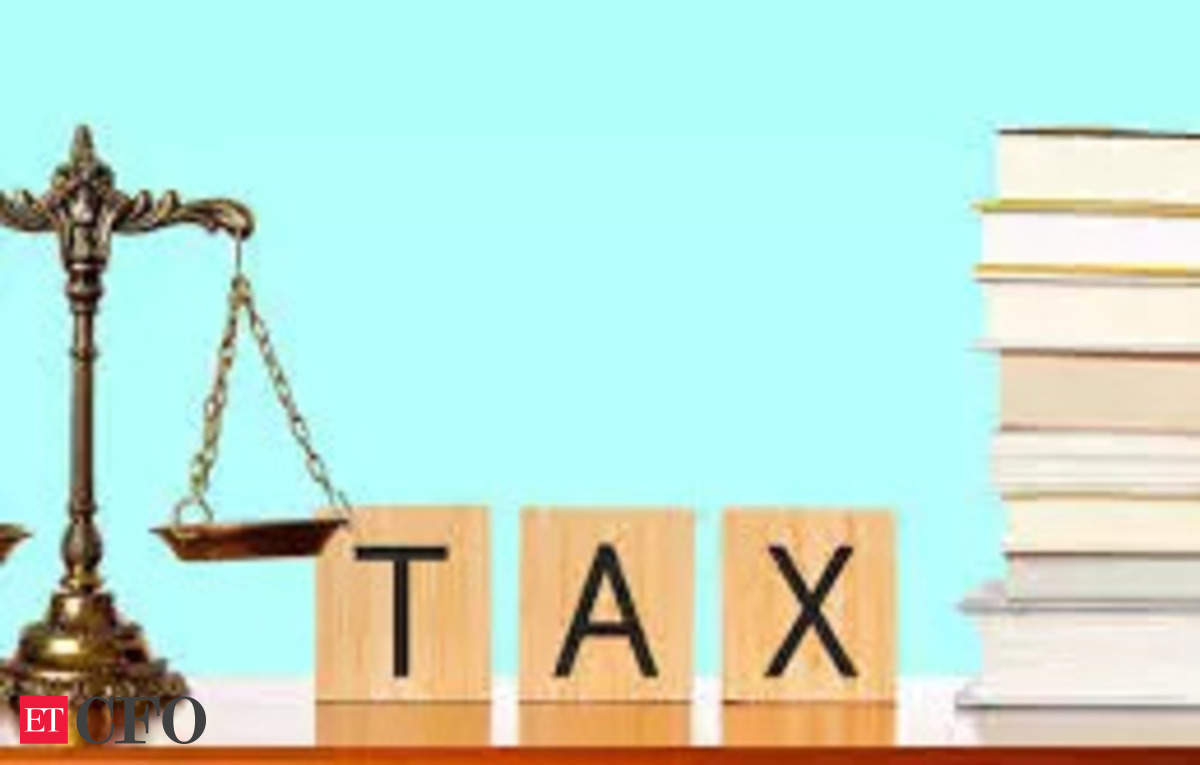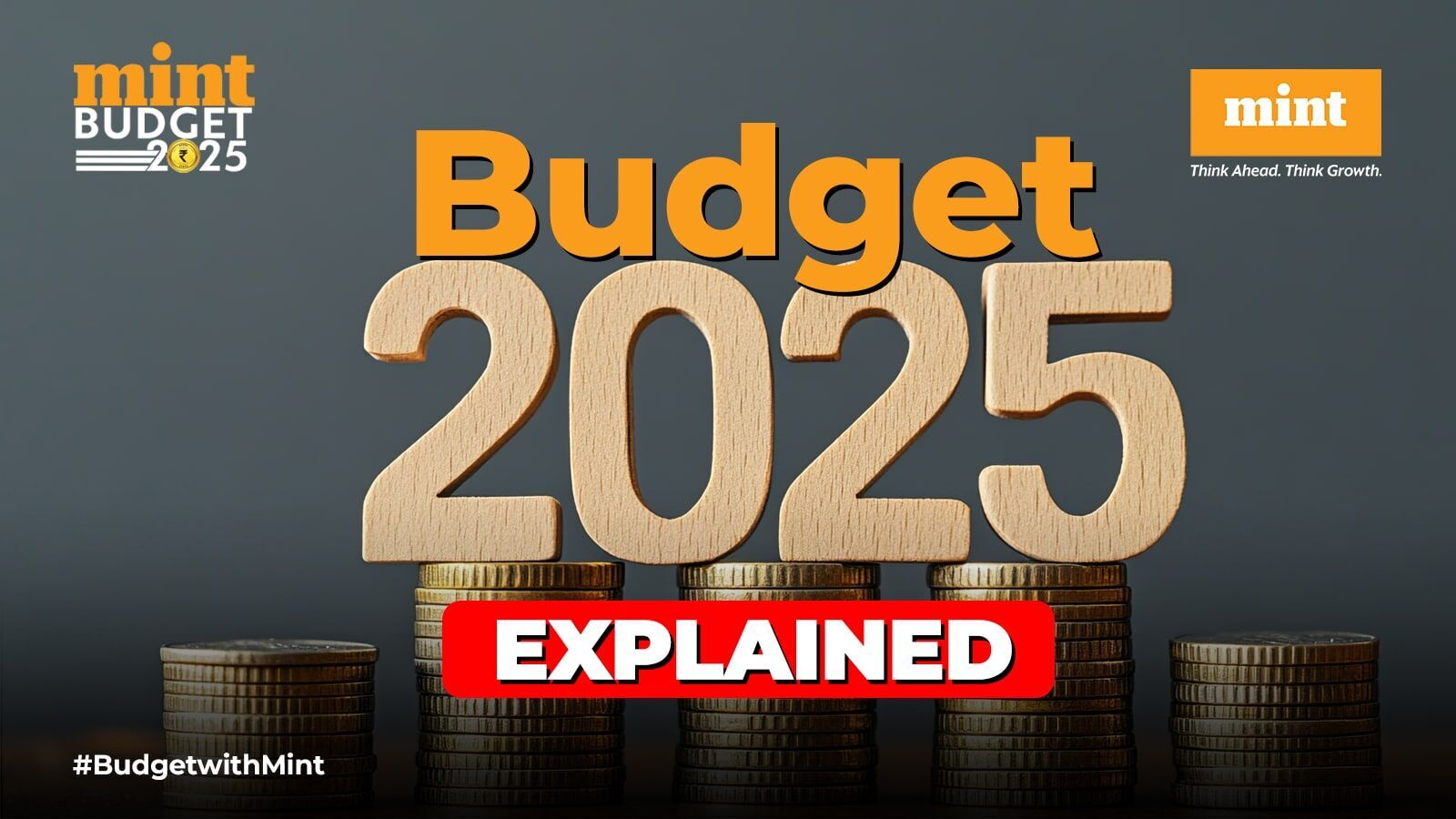In our childhood, we often had a “gullak” or piggy bank where we saved our coins with the hope of securing our dreams. Similarly, the government has created two financial “gullaks” for the security of funds in our retirement age: the Employees’ Provident Fund (EPF) and the Public Provident Fund (PPF). Let’s explore these modern-day gullaks and understand which one is the best choice for securing our financial future.
What is EPF?
Employees’ Provident Fund (EPF) is a mandatory contribution deducted from the salaries of employees in eligible organizations. Managed by the Employees’ Provident Fund Organisation (EPFO), it aims to help employees save for retirement. EPF offers an attractive interest rate, higher than regular savings accounts, and contributions are tax-deductible under Section 80C of the Income Tax Act, 1961.
What is PPF?
Public Provident Fund (PPF) is a government-backed savings scheme open to all individuals, including those in informal sectors. It offers higher returns than regular savings accounts and provides tax benefits under Section 80C. Investments in PPF have a lock-in period of 15 years.
EPF Vs PPF
| Aspect | Employee Provident Fund (EPF) | Public Provident Fund (PPF) |
|---|---|---|
| Type of Scheme | Employment-based retirement benefit scheme Employees Provident Fund And Miscellaneous Provisions Act, 1952 EPFO | Government-backed long-term investment PPF, 1968 Bank/Post Office |
| Nature | Compulsory contribution for salaried employees | Voluntary contribution by individuals |
| Eligibility | Available to salaried employees | Open to all Resident individuals, including salaried employees, self-employed, and others |
| Contribution | Employee and employer contributions 12% of Salary | Individual contributions only Rs.500 to 150000 Yearly |
| Tax Benefits | Exempt-Exempt-Exempt (EEE) | Exempt-Exempt-Exempt (EEE) |
| Interest Rate | Varies, typically higher than PPF (8 to 9%) | Fixed, set by the government (7 to 8%) |
| Lock-in Period | Until retirement or job change | 15 years, extendable in blocks of 5 years |
| Withdrawal | Partial withdrawals allowed for specific purposes | Partial withdrawals allowed after the 7th year, subject to certain conditions |
| Loan Facility | Available against the EPF balance | Not available |
| Limit | One Person One Account | One Person One Account |
| Purpose | Retirement savings and social security | Long-term wealth accumulation and tax savings |
CERTAIN EXEMPTED INCOMES IN THE HANDS OF AN INDIVIDUAL
Income of a salaried personnel The details of these incomes have been given under head ‘Income from salaries:
1) Leave travel concession [Sec.10(5)]
2) Allowances and perquisites received abroad [Sec.10(7)]
3) Death-cum retirement gratuity [Sec.10(10)]
4) Commuted amount of pension [Sec.10(10A)]
5) Encashment of earned leave [Sec.10(10AA)]
6) Compensation due to retrenchment [Sec.10(10B)]
7) Income tax paid by employer on perquisites [Sec.10(10CC)]
8) Any sum received from statutory provident fund [Sec.10(11)]
9) Any income received from recognized provident fund [Sec.10(12)]
10) Payment from national pension system trust [Sec.10(12A)]
11) Tax exempt on partial withdraw from national pension system [Sec.10(12B)]
12) Any sum received from approved superannuation fund [Sec.10(13)]
13) Transfer of account of employee under pension scheme [Sec.10(13)(v)]
14) House rent allowance [Sec.10(13A)]
15) Special allowance for official duties [Sec.10(14)]
How to Show Exempt Income In ITR

GPF and VPF
In EPF employee can contribute only upto 12% of salary and in case he wants to contribute more then GPF give this option to government employees and VPF give this option to private employees.
The General Provident Fund (GPF) is a long-standing savings and pension plan initiated in 1960 specifically for government employees in India. It functions as a secure investment avenue where a portion of your salary is contributed monthly, accumulating over time with added interest. Upon retirement, these accumulated funds, along with the accrued interest, are made available to the employee. GPF serves as a reliable long-term financial planning tool, ensuring financial security for government employees post-retirement.
The Voluntary Provident Fund (VPF) is an optional investment opportunity offered to salaried employees, in addition to the mandatory contribution to the Employees Provident Fund (EPF). It serves as an avenue for employees to voluntarily contribute more towards their retirement savings. One of the primary advantages of VPF is its government-backed nature, providing a secure savings platform with low risks and the potential for high returns. VPF, standing for Voluntary Provident Fund, offers employees the flexibility to enhance their retirement corpus beyond the mandated EPF contributions.
Both GPF and VPF provide employees with the flexibility to enhance their retirement savings beyond the standard EPF contributions, thereby offering a more comprehensive approach to financial security in their post-retirement years.
Visit www.cagurujiclasses.com for practical courses











